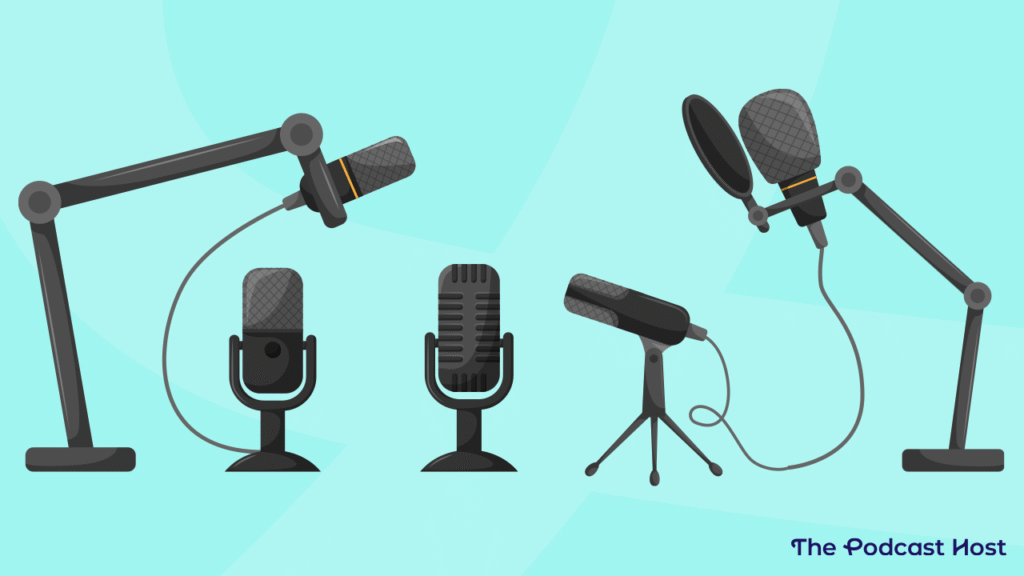In the golden age of content creation, podcasting has emerged as a powerful way to build a personal brand, grow a community, or share expertise with the world. But launching a podcast isn’t just about recording your voice and hitting publish—it takes a thoughtful blend of tools, planning, and presentation. Fortunately, there are a variety of online platforms and resources designed to make the process smoother, even if you’re starting from scratch. Here’s a roundup of the best online tools to help you create, polish, and promote your podcast like a pro.
1. Buzzsprout: User-Friendly Hosting for New Podcasters
Every podcast needs a reliable home, and Buzzsprout is one of the most beginner-friendly platforms on the market. Its clean interface and intuitive dashboard make it easy to upload episodes, add show notes, and distribute your content to top directories like Apple Podcasts, Spotify, and Amazon Music. Buzzsprout even offers dynamic content insertion, letting you add pre-roll or post-roll messages without re-editing full episodes.
A great feature of Buzzsprout is its detailed listener analytics, which include geographic data and what apps your audience is using. This information helps you better understand your reach and tailor content accordingly. Buzzsprout also provides a handy transcription tool, making your podcast more accessible.
2. Descript: Edit Audio Like a Document
Podcast editing used to be intimidating—until Descript came along. This game-changing tool turns your audio into a written transcript that you can edit like a Word document. Cut out “ums,” awkward pauses, or entire sections simply by deleting text. The software automatically adjusts the audio for seamless transitions.
Descript also includes features like automatic filler word removal and “Overdub,” an AI voice clone that lets you fix minor errors without re-recording. It’s great for solo creators who don’t want to spend hours learning complex audio software. Whether you’re editing dialogue, adding music, or publishing video snippets to social, Descript gives you the creative control you didn’t know you needed.
3. Riverside.fm: Studio-Quality Recording from Anywhere
If you want high-quality recordings without a professional studio, Riverside.fm delivers. This browser-based tool records each participant locally on their device, ensuring that internet hiccups don’t ruin the final audio or video. Even better, it supports up to 4K video recording, making it ideal for podcasters who want to publish on YouTube as well.
Riverside also offers live call-in features, screen sharing, and automatic backups. You can invite guests with just one link—no software installation required. This is a must-have for interview-style podcasts or creators who work with remote co-hosts. Its sleek design and reliable performance mean you can focus on your content, not the tech setup.
4. Podpage: Create a Polished Podcast Website Instantly
Don’t underestimate the power of a great podcast website. Podpage helps you build one in minutes, automatically pulling your show info and episodes from your RSS feed. No coding required. Each site includes SEO-friendly pages, guest profiles, listener reviews, and even email capture forms.
Having a podcast website boosts your discoverability on Google and gives you a hub to direct fans. Podpage also integrates with tools like Mailchimp and Zapier, making it easy to grow your email list or automate tasks. Their templates are clean, mobile-responsive, and designed to spotlight your content. For branding and long-term growth, a professional-looking website is essential.
5. Auphonic: Smart Audio Enhancement for Clean Sound
Even with a good mic, your audio might need a bit of polish. Auphonic is an AI-driven platform that analyzes and enhances your podcast’s sound quality automatically. It balances volume levels, removes background noise, and normalizes loudness to meet podcast standards.
This is especially helpful if you record in different environments or have guests calling in from varied setups. Auphonic supports multitrack processing and offers presets to streamline your workflow. Upload your audio file, choose your settings, and let the tool do the heavy lifting. It’s a fast and affordable way to ensure your episodes always sound crisp and professional.
6. Headliner: Turn Audio into Eye-Catching Visuals
Promoting a podcast on social media can be tough when your content is mostly audio. That’s where Headliner comes in. This platform lets you create short video clips using your podcast audio, complete with animated waveforms, captions, and your podcast artwork. These “audiograms” are perfect for platforms like Instagram, LinkedIn, and TikTok.
Headliner also offers automation—just upload your RSS feed and it’ll generate clips for each new episode. You can customize branding, add intros and outros, and even schedule posts. This tool helps you get more mileage from every episode and reach people who might not yet be podcast subscribers.
7. Adobe Express: Design a Memorable Podcast Logo
Your podcast’s first impression starts with its artwork—and a great logo can instantly communicate your show’s tone, topic, and professionalism. Adobe Express offers an easy-to-use logo builder that helps you craft a unique visual identity for your podcast, no design experience needed.
Choose from templates tailored for podcasting, then customize colors, fonts, icons, and layouts to suit your brand. Adobe Express makes it easy to download high-resolution files for use across platforms, from Apple Podcasts to social media. A distinctive logo not only boosts recognition but also adds credibility—especially when you’re just starting out.
Creating a podcast may seem overwhelming at first, but with the right tools, it becomes an exciting and rewarding creative venture. Whether you need to edit like a pro, build a website, or polish your branding, there’s an online platform designed to help. Try a few of the tools above, streamline your process, and watch your podcast vision come to life—one episode at a time.
